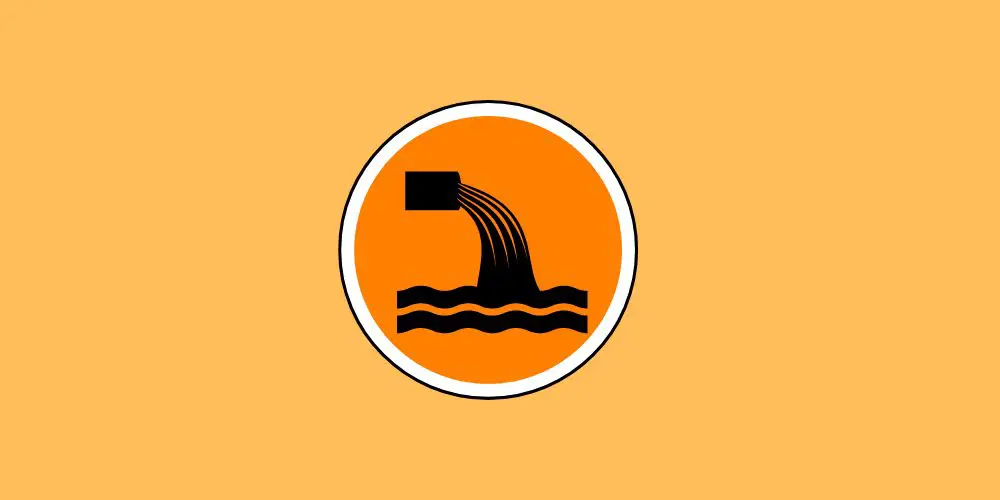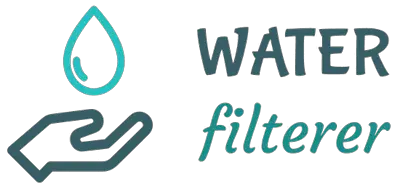Most of us don’t give much thought to the water we drink. We turn on the tap and out comes water that, for the most part, looks and tastes fine. But did you know that there are actually different types of water? And depending on what type of water you’re drinking, it can have different effects on your health.

Distilled water does not contain any minerals or electrolytes, making it a popular choice for those on strict low-sodium diets. However, there is some debate about the long-term health effects of drinking distilled water, as it does not naturally have any beneficial minerals.
So which one is closest to distilled water? In order to answer this question, we need to understand what distilled water is and the different types of water.
What is Distilled Water?
Distilled water is water that has been boiled and then condensed back into a liquid. This process removes impurities such as minerals, bacteria, and other contaminants. This sometimes leaves distilled water with a flat taste because all of the dissolved minerals have been removed.
In the distillation process, water is boiled and converted to steam. This steam is then collected through a tiny pipe and cooled in a separate compartment, producing distilled water – the purest form of water.
Despite distilled water being the purest form of water available, it does have some drawbacks. Because distilled water does not contain any minerals, it can actually leach minerals from your body if you drink too much of it. That’s why it’s not recommended to drink distilled water for more than a few days at a time.
The Different Types of Water
Now that we know what distilled water is, let’s take a look at the different types of water and which one is closest to distilled water.
Tap water: Tap water is what most of us have access to through our household faucets. It may contain trace amounts of chemicals and minerals, as it is treated with chlorine and fluoride before being distributed to homes.
Mineral water: Mineral water comes from a natural spring and contains dissolved minerals such as calcium and magnesium. It can have a distinct taste and is thought to have health benefits due to the minerals.
Spring Water: Spring water comes from an underground source that has been naturally filtered by the earth. This type of water contains minerals and can be either still or sparkling.
Mineral Water: Mineral water also comes from an underground source but must contain at least 250 parts per million of dissolved solids to be classified as such. Just like spring water, mineral water can be either still or sparkling.
Sparkling Water: Sparkling water contains carbon dioxide gas that gives it its fizziness. This type of carbonation can be either natural or added artificially. Sparkling waters can come from any type of source – spring, mineral, or municipal – and usually undergoes further filtration to remove impurities.
Filtered Water: Filtered water has been passed through a filtration system to remove impurities such as chlorine, pesticides, and mercury. Filtered water can come from any source—spring, mineral, groundwater, or municipal – and typically contains more minerals than tap water since the filtration process doesn’t remove them.
Final Thoughts
Based on the definition of distilled water, the closest type of water would be spring or mineral water. Both of these types come from a natural underground source and contain minerals, while still being filtered to remove impurities. However, they do not undergo the boiling and condensation process that removes all minerals like in distilled water.
In the end, it really depends on your personal preference and any specific health needs. Some may prefer the taste and potential health benefits of mineral or spring water, while others may prefer the purity of distilled water. It’s important to consider all options and consider consulting with a healthcare professional when making decisions about your water consumption.

